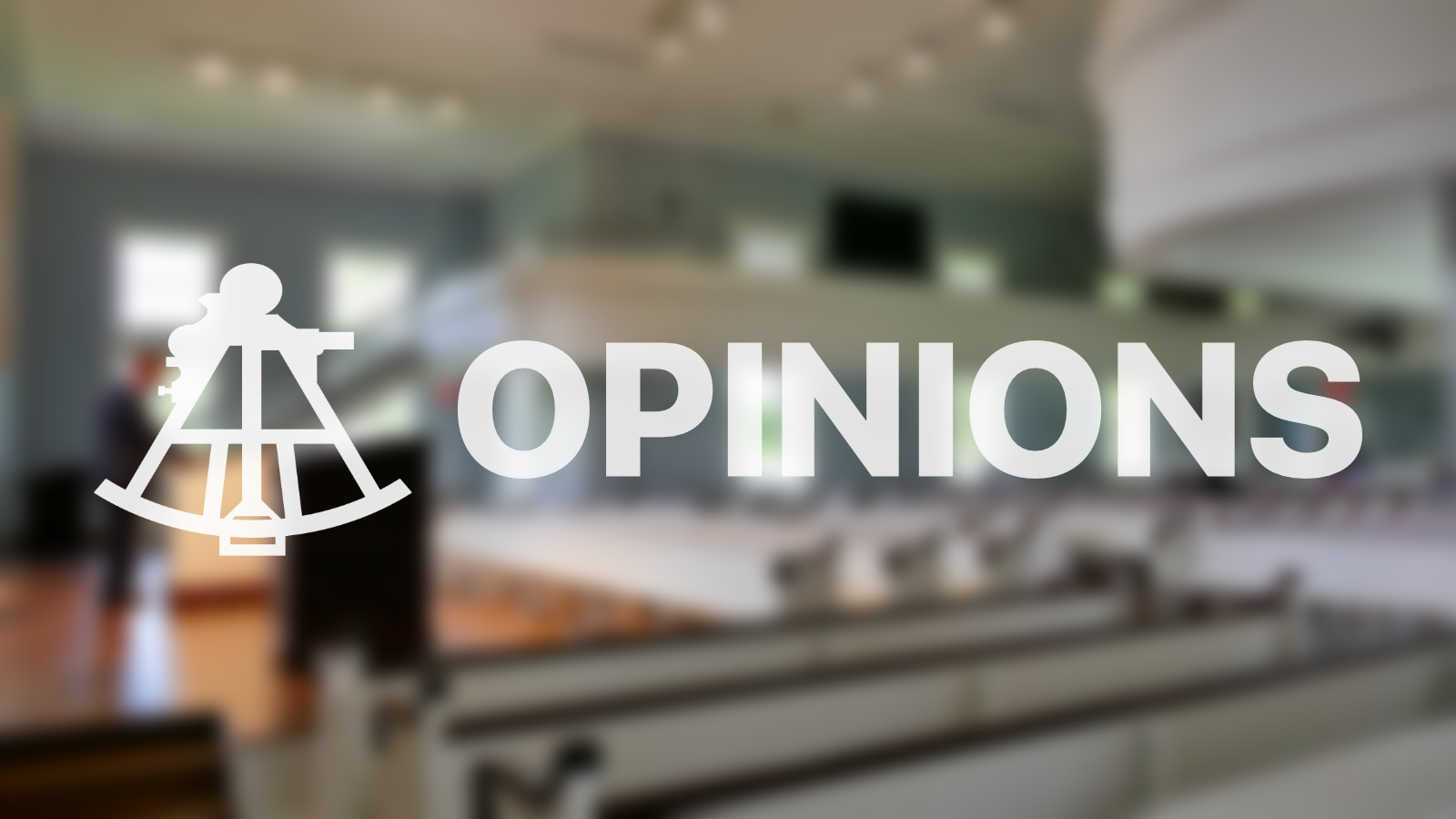n the wake of Elon Musk’s takeover of Twitter, a slew of poorly-conceived decisions rapidly disrupted the platform, leading to significant consequences. One notable fiasco was his attempt to monetize the Twitter Blue system.
Through this attempted monetization of Twitter Blue, users could become “verified” by paying $8 a month. They could now earn the blue checkmark, which has been historically reserved for public figures. As expected, this led to disastrous consequences, primarily because users began to impersonate politicians, celebrities, and businesses anonymously. One business that felt the full force of this short-sighted decision was Eli Lilly.
On November 10th, 2022, Eli Lilly, one of the largest producers of insulin in the world, became the target of one of these trolls. A user named @EliLillyandCo, a fake account with the verified blue checkmark, tweeted, “We are excited to announce insulin is free now.” The tweet quickly went viral, as its user name implied legitimacy. Eli Lilly’s social media team quickly put out a statement saying, “We apologize to those who have been served a misleading message from a fake Lilly account. Our official Twitter account is @LillyPad.” Though the parody account was quickly banned, Eli Lilly’s stock took a significant hit. The company lost billions of dollars in its market cap in just a few hours (however, the company’s stock largely rebounded within weeks). All in all, when contemplating the tragic history behind insulin, the company’s ability to rebound is a distressing event.
On September 23rd, 1923, the patent for insulin was awarded to James Collip and Charles Best. The inventor of insulin, however, Frederick Banting, refused to put his name on the patent because he believed it unethical to try to profit off of an invention that could save lives. With the desire to help the public, the patent was sold to the University of Toronto for $1 with the hope that this life-saving medicine would be cheaply available to those who needed it. Thus, it is incredibly ironic when companies like Eli Lilly drastically inflate the price of insulin. Despite the tweet being a “joke,” such an act of making insulin free would certainly improve the lives of millions of people significantly. As Sen. Bernie Sanders of Vermont replied to Eli Lilly’s apology tweet, “Eli Lilly should apologize for increasing the price of insulin by over 1,200% since 1996 to $275 while it costs less than $10 to manufacture. The inventors of insulin sold their patents in 1923 for $1 to save lives, not to make Eli Lilly’s CEO obscenely rich.”
In 2021, the United States Department of Health and Human Services asked the RAND Corporation to look into American insulin prices compared to the rest of the world. Their findings revealed a shameful truth: on average, the price per vial of insulin in America was $98.70. The country with the second most expensive insulin on average was Chile, with a price of $21.48. The difference is even more apparent when looking at rapid-acting insulin, a type of insulin that is usually eaten before or after meals. The average global price was $8, compared to the U.S. prices, which stood at $119.
The real-world consequences of Musk’s actions have led to a swift exodus of advertisers from the site, including Eli Lilly. Unfortunately for Twitter, advertisers make up 90% of their annual revenue, meaning that Twitter is essentially hemorrhaging money. Just recently, Apple threatened to withhold Twitter from the App Store, a move that could have crippling repercussions for Twitter and Musk. Additionally, the Federal Trade Commission has issued a “sharp warning” and is closely monitoring the website, given its volatile status and potential consequences to the economy as a whole. For a man worshiped by internet warriors and once praised as a “genius,” it has been truly a rollercoaster to witness his 44-billion-dollar disaster.






